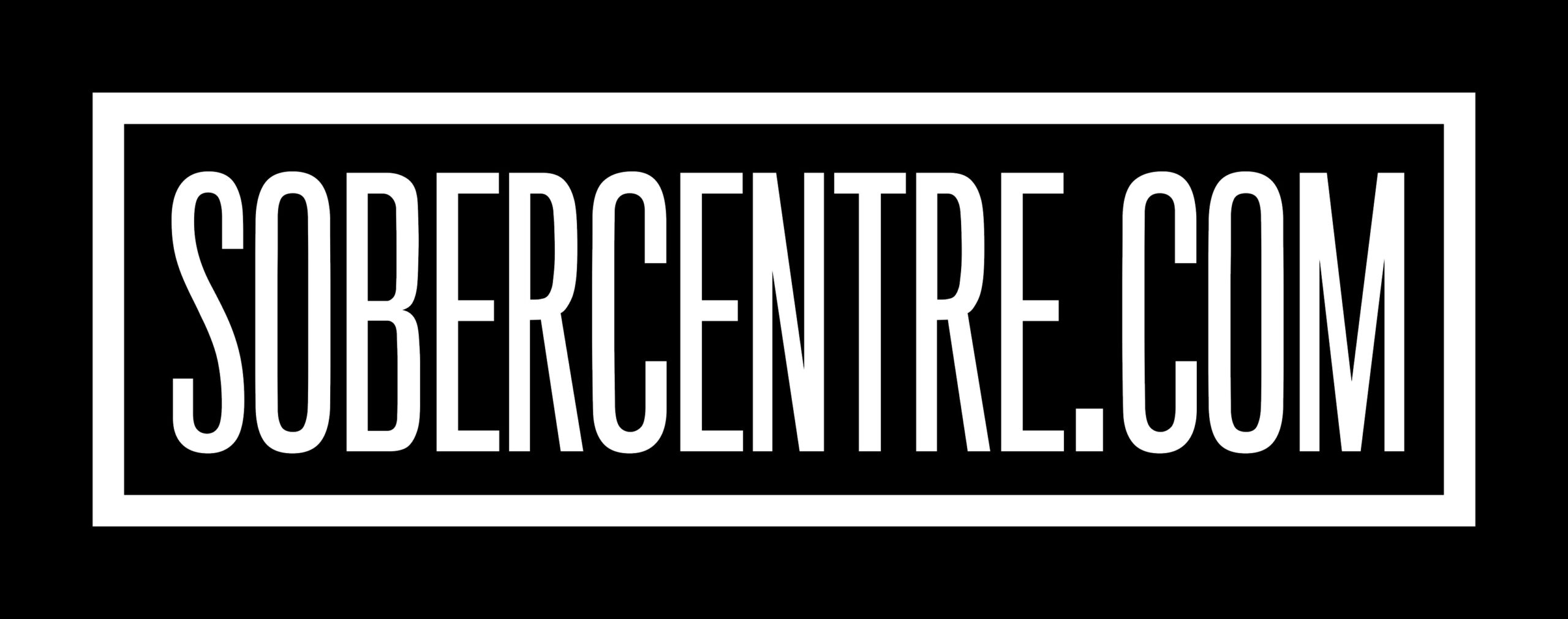Shopping addiction, also known as compulsive buying disorder, is a behavioral addiction characterized by an overwhelming urge to shop and spend money, often resulting in negative consequences. Individuals with this condition may experience emotional distress and financial difficulties, impacting their relationships and overall well-being. In this article, we will explore the signs and symptoms of shopping addiction, its effects, treatment options, and strategies for managing compulsive shopping behavior.
Understanding Shopping Addiction
What are the signs and symptoms of shopping addiction?
Recognizing the signs of shopping addiction is crucial for early intervention. Individuals, particularly compulsive shoppers, may engage in frequent shopping sprees, experience a preoccupation with shopping, and have difficulty controlling their urge to buy things. Compulsive shoppers may use shopping as a way to cope with emotional distress, leading to a continuous cycle of compulsive buying behavior.
How does compulsive shopping affect individuals?
Compulsive shopping can have a profound impact on an individual’s mental health and financial well-being. It may lead to feelings of guilt, shame, and anxiety, which are also commonly experienced by those with substance use disorder, as well as significant debt due to excessive spending and reliance on credit cards. Additionally, compulsive buying behavior can strain relationships and cause social isolation.
What is the correlation between shopping addiction and other disorders?
Research suggests that shopping addiction may coexist with other mental health conditions, such as anxiety, depression, and substance abuse disorders. Like a substance use disorder, the release of dopamine during compulsive shopping may contribute to the reinforcement of addictive behavior, mirroring patterns observed in other forms of addiction.
Effects of Shopping Addiction
How does compulsive shopping impact finances?
Compulsive shopping often leads to financial instability, as individuals may accumulate substantial debt, struggle with overspending, and experience difficulty in managing their expenses. Excessive reliance on credit cards and impulsive purchases, a type of shopping behavior, contribute to the deterioration of their financial situation.
What are the emotional consequences of being a shopping addict?
Emotionally, being a shopping addict can be incredibly distressing. Feelings of regret, low self-esteem, and an inability to control one’s impulses are common. The compulsion to shop may provide temporary relief, but the aftermath often brings about emotional turmoil and regret.
How does shopping addiction affect relationships?
The financial strain resulting from compulsive buying may lead to tension within families and friendships, ultimately impacting the support network of the individual struggling with the addiction.
Treatment and Recovery
What are the available treatment options for shopping addiction?
Treatment for Cognitive-behavioral therapy (CBT) has shown promising results in addressing the underlying psychological factors contributing to compulsive shopping behavior, making it a core component of Additionally, support groups provide individuals with a sense of community and understanding, especially those grappling with a shopping use disorder.
Can therapy and counseling help individuals overcome shopping addiction?
Therapy and counseling play a significant role in assisting individuals to overcome their compulsive behavior, particularly for those seeking These therapeutic interventions help individuals recognize and modify their shopping behaviors, develop healthier coping mechanisms, and address any underlying psychological issues contributing to their addiction.
What are the steps to recovery from compulsive buying disorder?
Recovery from compulsive buying disorder involves acknowledging the problem, seeking professional help, and making lifestyle changes to manage shopping impulses effectively. Building self-awareness and practicing self-control are essential steps in the recovery process.
Managing Shopping and Spending Habits
What strategies can individuals employ to control their shopping impulses?
Individuals can employ various strategies to control their shopping impulses, such as setting spending limits, avoiding trigger environments, and practicing mindfulness to manage their emotions and urges. Implementing a structured shopping list and seeking alternative activities to minimize shopping behaviors are also effective approaches.
How can people develop healthier shopping habits and behaviors?
Developing healthier shopping habits involves cultivating a conscious and deliberate approach to spending, thus preventing the development of a shopping use disorder. Engaging in mindful shopping, evaluating the necessity of purchases, and identifying emotional triggers that prompt impulsive shopping can lead to healthier behaviors and reduced compulsive buying tendencies.
What role do financial planning and budgeting play in overcoming shopping addiction?
Financial planning and budgeting are integral in overcoming shopping addiction. Creating a realistic budget, prioritizing essential expenses, and seeking professional financial guidance can assist individuals in managing their finances effectively and curbing impulsive shopping tendencies.
Support and Resources
Where can individuals find help and support for their shopping addiction?
Individuals struggling with Support groups specifically tailored to shopping addiction often provide a safe space for individuals to share experiences and gain encouragement from others facing similar challenges.
What are the resources available for those struggling with compulsive buying?
Several resources are available for individuals dealing with compulsive buying, including online forums, self-help books, and educational materials offering insights into managing addiction and seeking recovery. These resources empower individuals with knowledge and tools to address their compulsive buying behaviors.
How can friends and family members aid in the recovery of a shopping addict?
Friends and family members can offer valuable support to a shopping addict by demonstrating empathy, encouraging treatment-seeking behavior, and fostering a non-judgmental environment. Their understanding and support play a pivotal role in the recovery journey of an individual struggling with shopping addiction.
Q: What is shopping addiction?
A: Shopping addiction, also known as compulsive buying disorder, is a behavioral addiction characterized by an irresistible urge to spend money and buy things, often leading to financial and emotional distress.
Q: How can I tell if I am addicted to shopping?
A: Some signs of a shopping addiction may include compulsively buying things, feeling a lack of control over your shopping behavior, experiencing financial difficulties due to shopping, and using shopping as a way to cope with emotional stress.
Q: Are there any treatment options for shopping addiction?
A: Yes, treatment options for shopping addiction may include therapy, support groups, cognitive-behavioral therapy, financial counseling, and potentially medication in some cases.
Q: Can online shopping contribute to a shopping addiction?
A: Yes, online shopping can contribute to an individual developing a shopping addiction as it provides easy access to a wide range of products, promotions, and discounts, which can fuel compulsive buying behavior.
Q: What are some coping strategies for overcoming shopping addiction?
A: Coping strategies for overcoming shopping addiction may include identifying triggers, creating a budget and sticking to it, seeking support from friends and family, finding alternative activities to replace shopping, and addressing underlying emotional issues.
Q: Is there help available for people with shopping addiction?
A: Yes, there is help available for people with shopping addiction. Seeking support from mental health professionals, joining support groups, and reaching out to loved ones can all be valuable sources of assistance in overcoming a shopping addiction.
Q: Can family therapy be beneficial for addressing shopping addiction?
A: Yes, family therapy can be beneficial for addressing shopping addiction, as it involves the participation of family members in the recovery process, addressing family dynamics, and providing a supportive environment for change.
Q: Is compulsive shopping considered a mental health disorder?
A: Yes, compulsive shopping is considered a mental health disorder. It is recognized as a behavioral addiction and can lead to significant emotional and financial consequences for the compulsive shopper.
Q: What is the prevalence of compulsive buying in the U.S.?
A: The prevalence of compulsive buying in the U.S. is estimated to be around 5-8% of the general population, with higher rates observed among specific demographics and about certain psychological factors.
Q: Can antidepressants be used in the treatment of shopping addiction?
A: In some cases, antidepressants may be used in the treatment of shopping addiction, especially if underlying mood or anxiety disorders are contributing to the compulsive buying behavior. However, they are typically used in combination with therapy and other interventions.










